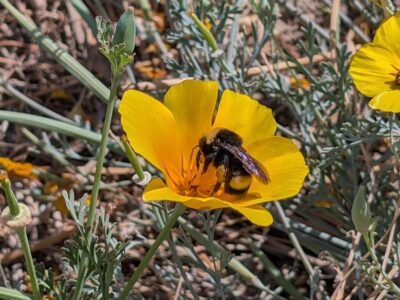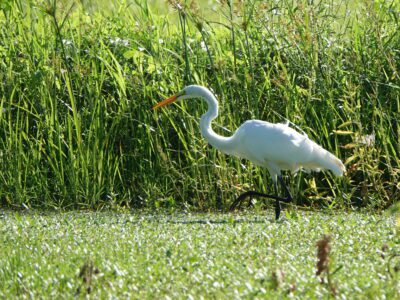- The Intergovernmental Panel on Climate Change (IPCC) released its latest global climate assessment in August, the most comprehensive analysis to date
- Among other findings, IPCC authors stress that if we don’t take immediate action to bring emissions as close to zero as possible, our future is at stake
- River Partners is meeting the climate challenge head-on by accelerating on-the-ground reforestation to boost California’s climate resilience naturally
It’s up to us.
That’s the simple but powerful rallying cry put forth recently by the United Nation’s Intergovernmental Panel on Climate Change, or IPCC, in its updated global climate assessment. Eight years in the making, the sobering 3,000-plus-page report represents the most comprehensive analysis to date about worldwide climate change, and its current and potential impacts.
The conclusions aren’t pretty.
Nations haven’t done nearly enough to curb greenhouse emissions and major climatic changes are already in motion. Climate-induced events like longer, more intense droughts are now unavoidable even if we could magically stop all emissions with the snap of our fingers. And, if we don’t take immediate action to bring emissions as close to zero as possible, our shared future looks very bleak.
At River Partners, we subscribe to author Wallace Stegner’s belief: “One cannot be pessimistic about the West. This is the native home of hope.” If we act with speed and smarts to cut emissions dramatically, there’s still time to avoid the worst that a changing climate could bring.
River Partners is meeting the climate challenge with a tested blueprint for boosting our climate resilience, naturally.
Climate Change at Our Door
We’ve all seen the ominous headlines and news footage about the West’s horrific summer. Record-breaking drought, a Sierra Nevada snowpack that vanished in thin air, reservoirs resembling drained bathtubs, record-setting and deadly heatwaves, out-of-control megafires, and communities wiped off the map.

“No longer a distant phenomenon — something to worry about in a few decades — the consequence of a warming planet has arrived in a resounding fashion,” the Sacramento Bee wrote recently. This year’s historic drought and dramatic wildfires, among many other indicators, are climate change in action.
The IPCC report notes with high probability that the current decade is the hottest Earth has experienced in the last 125,000 years. The planet is quickly approaching the critical 1.5-degree Celsius mark scientists say is imperative not to cross to avoid the worst climate-change scenarios. There’s little room for error.
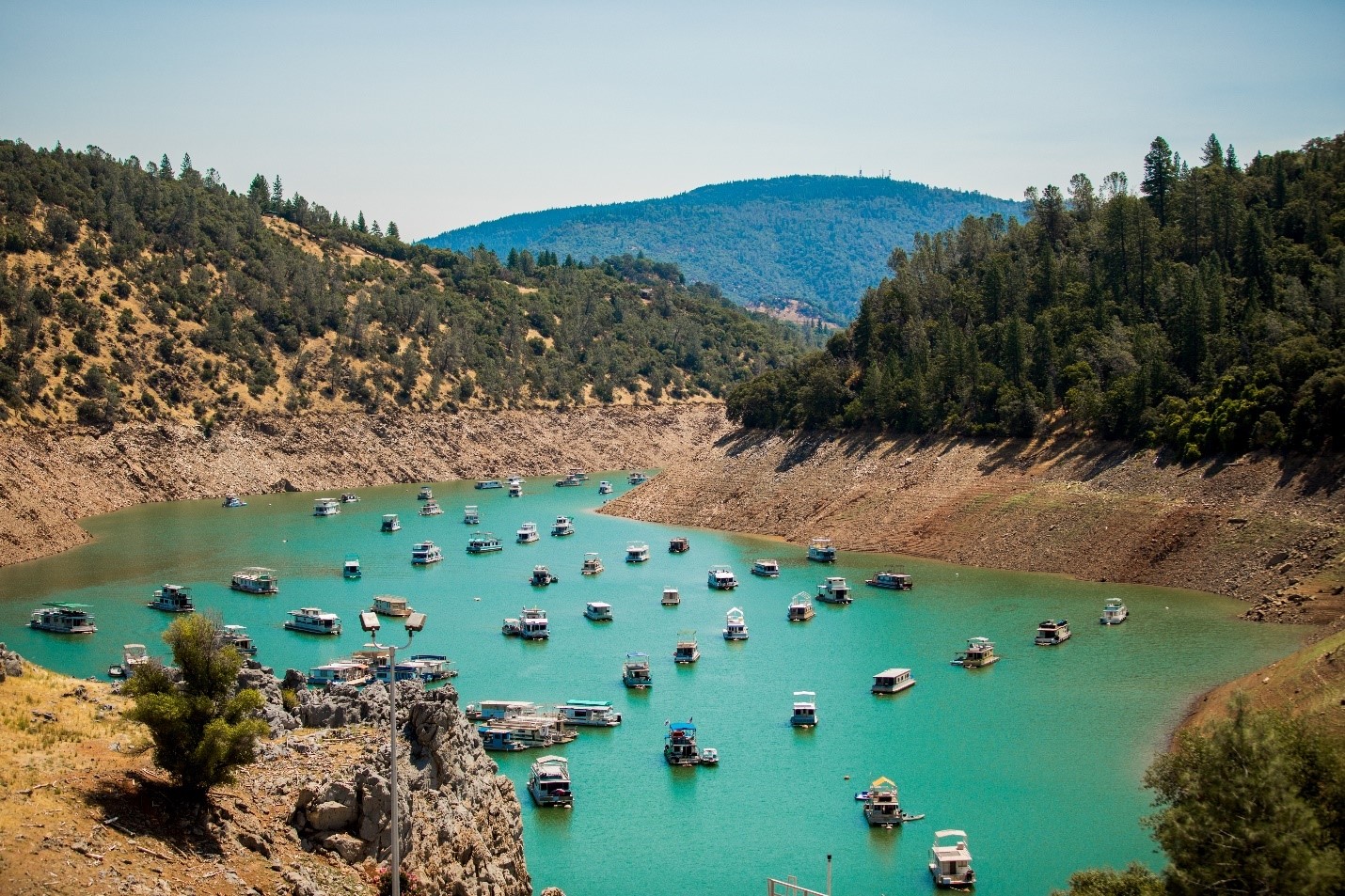
At 1.5 degrees of warming, a tipping point experts stress is likely by 2050, severe droughts like the one hammering the western U.S. and extreme heatwaves will impact up to nearly 1 billion more people than today. Regions throughout the world would also experience a two-fold increase in extreme flooding – the other side of the climate-change coin – similar to what we witnessed over the last two months throughout Europe and last two weeks in Tennessee.
But, it’s not just communities that will suffer. Much of the unique wildlife that makes California a biodiversity hotspot would disappear forever.
A Hopeful, Natural Solution
This recent IPCC report draws a straight, culpable line between humans and climate change: “It is unequivocal that human influence has warmed the atmosphere, ocean, and land.” But there’s still hope we can escape the climate predicament we’ve gotten ourselves into.
For more than two decades, River Partners has led California and the nation in demonstrating how bringing life back to rivers can boost our climate resilience using time-tested and scalable methods: we turn imperiled floodplains into thriving native forests.
Reforesting river landscapes captures a ton of harmful greenhouse gases, literally. The nearly 17,000 riverside acres we’ve restored and more than 2.5 million native trees we’ve planted statewide since our founding in 1998 capture nearly 1 million tons of carbon each year. That’s like taking nearly 725,000 cars and trucks off the road for good.
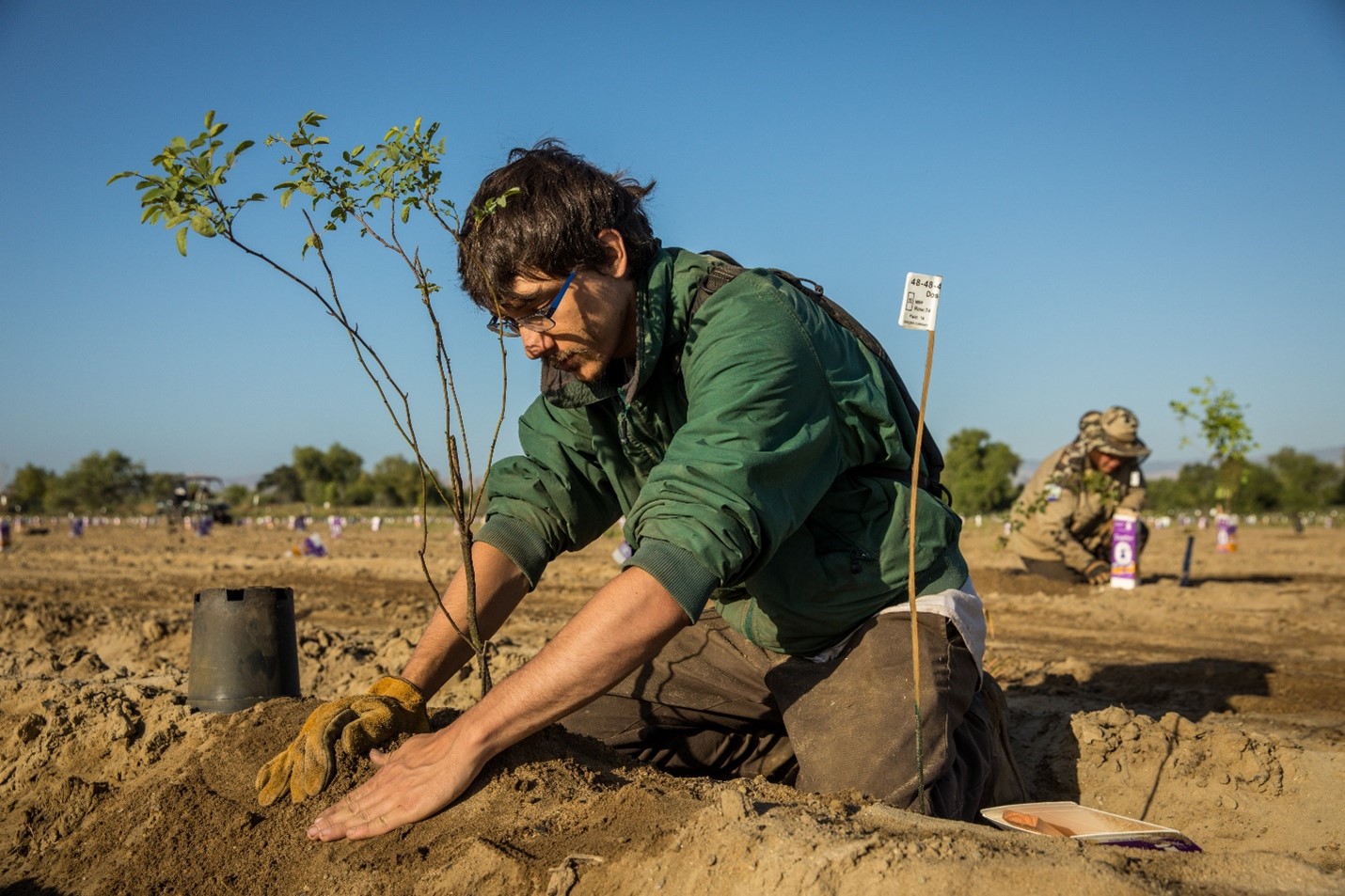
Research shows that young floodplain forests capture twice the greenhouse gases that mature forests do. And, soil in riverside forests traps 200% more carbon than unforested soil. Fast-growing forests along rivers are exactly what’s needed to make a difference during a decade that experts say is pivotal for the planet’s and our long-term health.
River Partners has ambitious plans to meet the climate crisis head-on. This includes pioneering restoration research and science to maximize our climate impact, uniting critical allies to advance our work statewide, and, above all, boldly increasing the pace and scale of our on-the-ground restoration.
In the next decade, River Partners aims to double our restoration acreage of carbon-consuming trees. It’s the type of gutsy action the IPCC assessment calls for to support state, national, and international emissions-reductions targets.
California’s Natural Resources Agency Secretary Wade Crowfoot calls River Partners’ goal a “galvanizing opportunity to expand conservation to combat climate change, as well as benefit nature and expand equitable access.”
We joined forces this year with the California Waterfowl Association and Joseph and Vera Long Foundation on a first-of-its-kind initiative to evolve the science for calculating the carbon-trapping potential of floodplain forests. Our pioneering effort will help both public and private landowners in California get important restoration projects funded through California’s cap-and-trade program. This initiative could provide a huge financial incentive for floodplain restoration, helping bolster the state’s climate resilience even more.
California’s cap-and-trade program supports $9 billion in annual statewide climate investments such as reforestation. Investing just 10% of these funds would help the state make meaningful progress in attaining its ambitious goal of reducing greenhouse-gas emissions by 40% compared to 1990 levels by 2030.
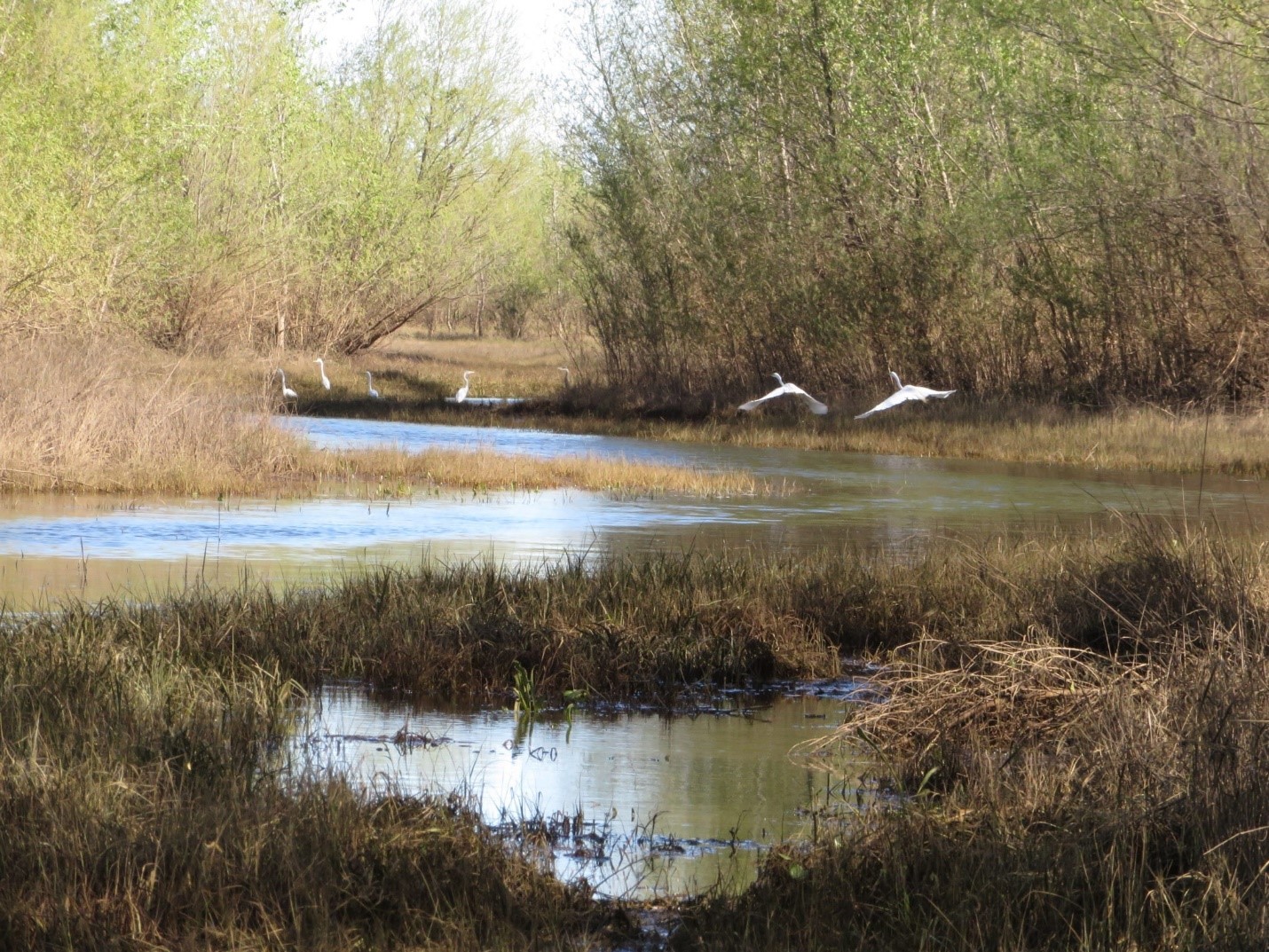
More than Emissions
But, the forests we plant aren’t just good for cooling a warming planet.
Expanded, reforested floodplains also conserve precious fresh water and help replenish vanishing groundwater supplies for farms and households, while protecting California communities from devastating floods – which experts say will become more frequent and intense.
Rewilded river landscapes provide a critical lifeline for an array of wildlife – including populations of many imperiled species like monarch butterflies and salmon being pushed to the brink by climate change. In the first six months of our statewide campaign to boost populations of western monarchs and other pollinators like bees, we transformed denuded fields in critical locations into buzzing, vibrant meadows. This same restoration also builds healthy communities by providing recreational opportunities and strengthens local economies through good-paying green jobs.
Time to Act
The IPCC’s climate report is a wake-up call.
While the news may be overwhelming and changing the course on climate change may seem nearly impossible, it’s not if we work together and act quickly.
As we’ve done for more than 20 years, River Partners is poised to a make tangible, lasting difference by redoubling our efforts to grow carbon-trapping forests that California, the nation, and world desperately need. We’ve got the track record, scientific knowhow, and critical alliances to continue making a difference right now.
We hope you’ll join us in sharing the news about how healthy rivers create a thriving future. Get regular updates on our statewide impact by following us on social media and consider donating to drive our on-the-ground impact.
It’s never been clearer that the future is ours to make. Let’s get to work.



